
Art
JDEED x UMOCA | MUSAED AL HULIS
By JDEED Team |
Musaed Al Hulis is one of our artist’s selection from the exhibition currently running at the Utah Museum Of Contemporary Art (UMOCA) , Cities of Conviction. Musaed holds a masters’ degree in Design and Analysis of Vehicle Systems from the University of Huddersfield in the UK. He’s also a lecturer at the Technical College in Jeddah, a board member at the Fine Artists’ House, the Founder and Director of Tasami Creative Lab in Jeddah and is also Deputy Director General of the Center.
We selected his work for the incorporation of retro yet contemporary elements to pieces that have a symbolic meaning beyond their edgy aspect.
We selected his work for the incorporation of retro yet contemporary elements to pieces that have a symbolic meaning beyond their edgy aspect.
Tell us a bit about your artistic journey. How did you start and how did you get to your latest project?
I started out with local participations in some of the group exhibitions within Saudi Arabia, but the actual start was through the Athr gallery , where I had the opportunity to show the first artwork I have done (Dynamic) at Art Dubai in 2012. International participants then took part in more than 20 international exhibitions. My first personal exhibition was held in Berlin in 2014 in ABC with the organization and coordination of the Gallery impact. My second Personal Exhibition (Mihrab) was held in Sharjah in 2015.
Your series The Sleep of the Wicked has a very strong visual identity. Can you give us an overview of what it is about and the role of the prints within the creative process?
My last work was the seven places of prostration, and how it deals with the effect of prayer on the general behavior of the Muslim as well as how the prayer should leave a spiritual and not physical effect on people in the everyday life.
The sleep of the wicked is a cult, one of the most famous sayings in the Arab countries, spoken to the despot and oppressed in darkness. Through the raw materials used and the form of work, the recipient can relate to what he saw. I tried to use the sponge/matress with the form of an Islamic Mihrab to link sleep and worship as well as a popular cloth called Shalki which was used to link the work with local culture and folk language.
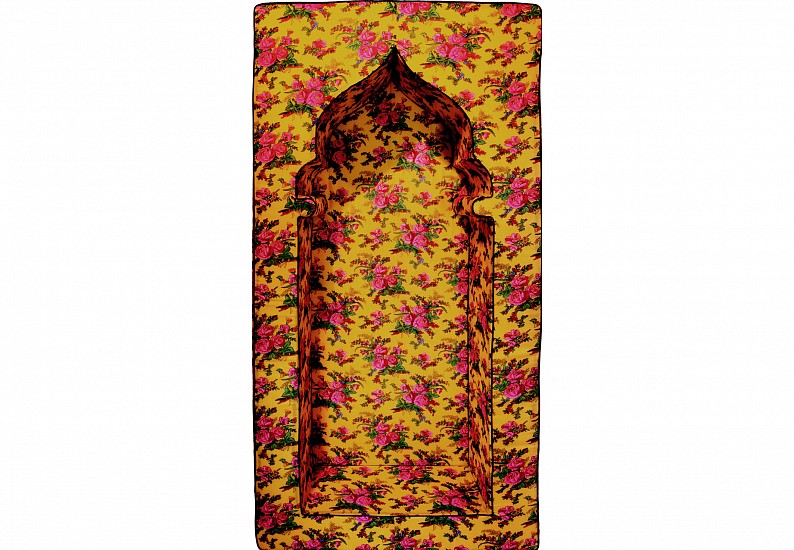
Do you have any favourite media of creation?
The truth is that I have no specific material in my work and I always try to come up with different and new materials. It is important to have a correlation between the raw materials and the idea of working to reach the recipient. I am sure that the raw materials are not exclusive to anyone and can be addressed by more than one artist. Each artist has his method of production and looks at the importance of the arrival of the idea smoothly without complication.
What are your future projects? Any dream collaboration?
I have many ideas and projects that I hope will soon be produced. My work will deal with the religious and worldly relations between the worshiper and the idol.
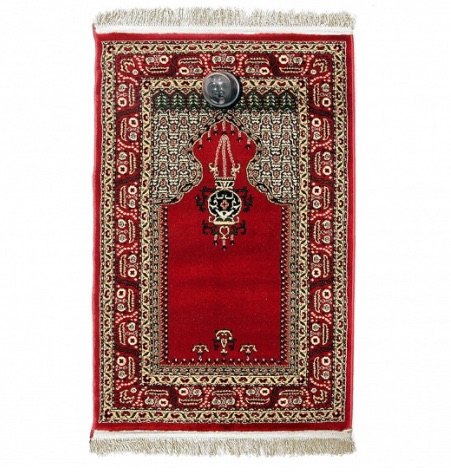
← Previous Story Beirut Art Fair 2017 | Our highlights
Next Story → Amman Design Week | Our Report
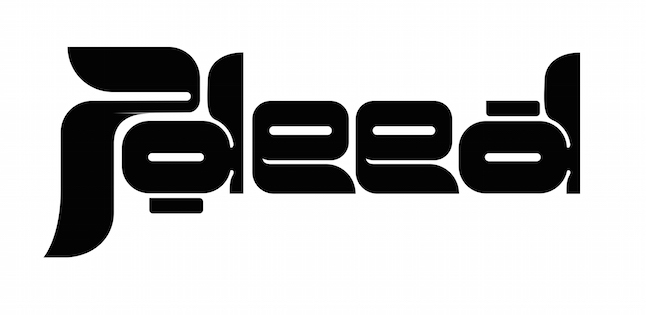
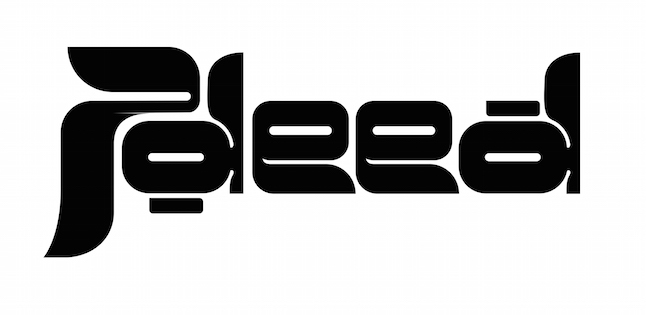

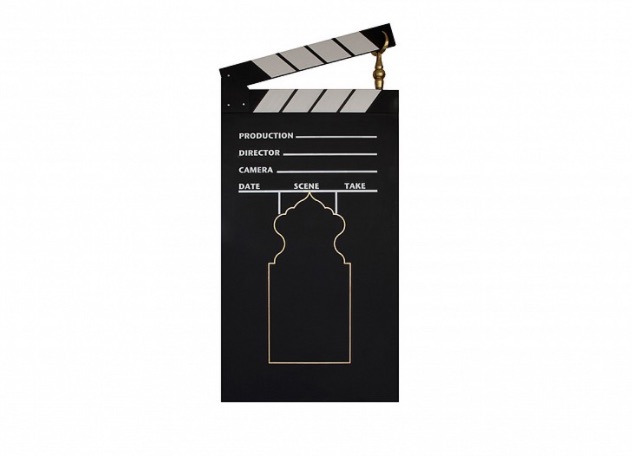





0 comments